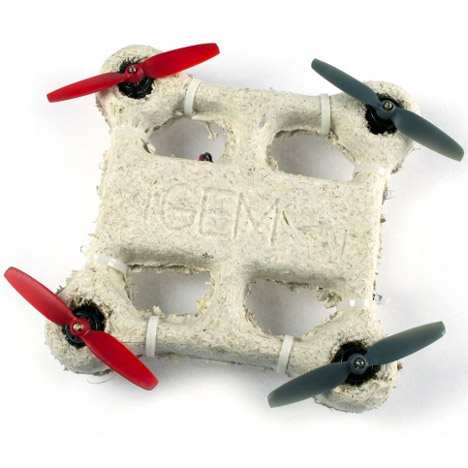
Drone grown from fungus-like material melts if it crash lands
A team of researchers has completed a working prototype for a drone made from a fungal material that will biodegrade if it crashes outdoors.
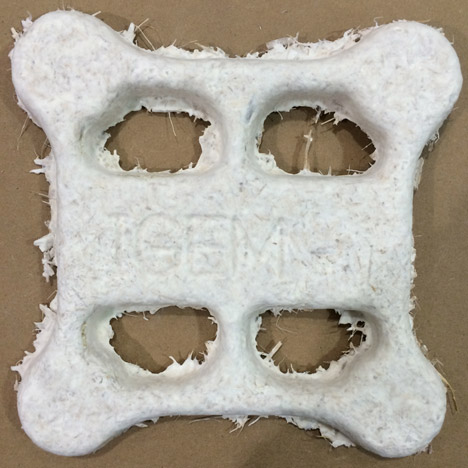
New York-based biomaterial company Ecovative Design provided a team taking part in the International Genetically Engineered Machine (iGEM) competition with a mushroom-like lightweight organic material called mycelium, which was also used to form bricks for the most recent MoMA PS1 gallery pavilion in New York by design studio The Living.
The material was grown in the shape of a drone and skinned in sheets of bacterial cellulose. These were then coated with proteins cloned from the saliva of paper wasps to create the rigid chassis of the vehicle.
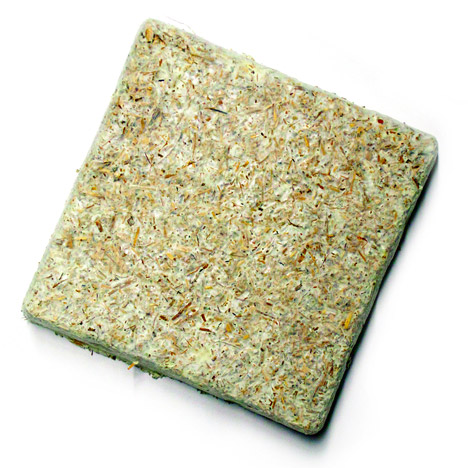
The drone's circuitry is printed in a silver nanoparticle ink – a decision that was made to keep the vehicle as biodegradable as possible. The battery, rotors and controls were all made from more traditional materials and were sourced from a normal mechanical quadcopter.
"No one would know if you'd spilled some sugar water or if there'd been an airplane there," Lynn Rothschild of NASA's Ames Research Center, who advised the design team, told scientific journal New Scientist.
The drone successfully made its inaugural flight at the iGEM competition held in Boston at the end of October, and 3D printable models of the chassis are available for download on the team's website.
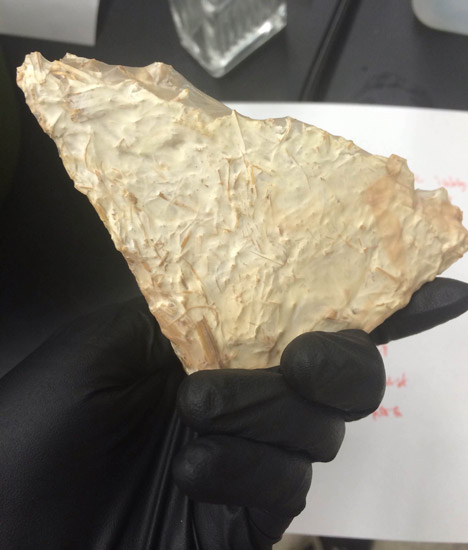
Next, the team hopes to figure out how to build degradable drone sensors – and is researching how these could be created using E. coli bacteria.
Designers have also been experimenting with synthetic biology. Eric Klarenbeek used mycelium as part of a mixture to 3D print a chair that is structurally strengthened by the living material, while Dutch designer Teresa van Dongen recently filled a glass tube with octopus bacteria to create a zero-electricity lamp.
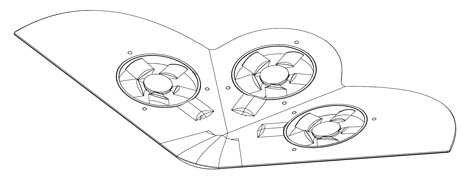
Another scenario thought up by writer Geoff Manaugh and designer John Becker imagined a future where genetically modified bees could be trained to "print" concrete structures instead of producing honey.